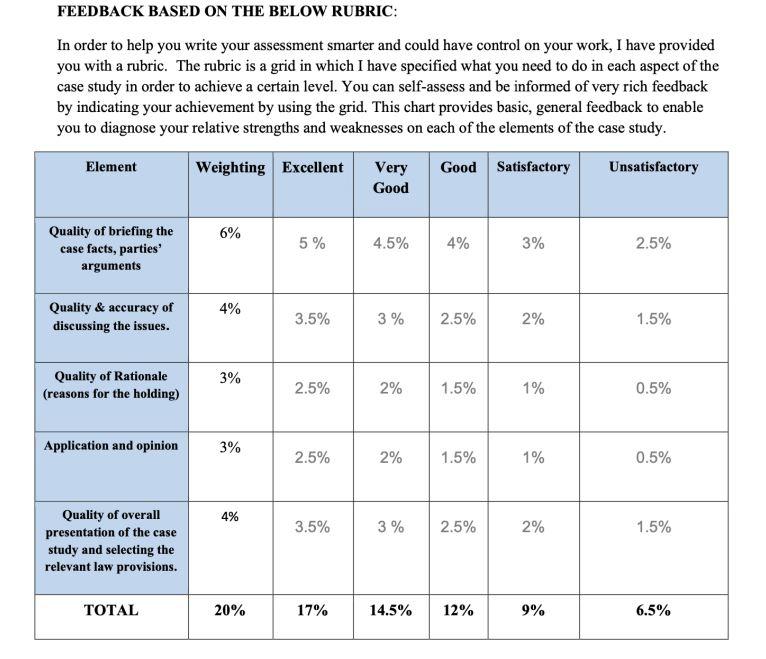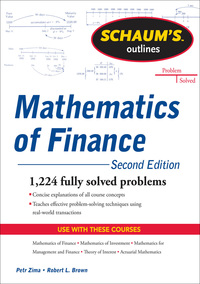Question
CASE STUDY THE FACTS/BACKGROUND - A few months back, Three foreign friends residing in UAE have agreed to start a business together in RAK mainland,
CASE STUDY
THE FACTS/BACKGROUND -
A few months back, Three foreign friends residing in UAE have agreed to start a business together in RAK mainland, they have agreed about the capital, profits, and all remaining things, and even they selected the limited liability company form, and while they are drafting the Memorandum of Association (MOA) in their English language they didn't reach an agreement on the company name, one of them has suggested to register the company first and then they can select the name after the formation of the Company, but when they went to the RAK investment authority/economic department to register the company and to get the license, the concerned registrar has rejected to register this MOA reasoning that the said MOA is illegal. They went to a legal consultancy firm who advised them that the reason for the rejection is the absence of a UAE national partner who holds 51% of the shares. - On the other side, the three partners while they are waiting for the license, they have started working in their business, and due to the lack of experience they breached one of the signed contracts with a client, and the client is claiming compensation due to the losses he has incurred.
The partners said to the client he is dealing with a limited liability company and you have to get all remedies from the company itself, not the owners, however, the client rejected and allege that this was against the law.
THE ISSUES
After reading the facts, and from your knowledge and studies during the course along with the enclosed legal provisions of the penal code, Discuss with legal analysis the following issues: Whether RAK registrar is correct, and the MOA is illegal or not. Whether the reason raised by the legal consultancy firm is valid or not. Whether the partner's position by alleging the limited liability to the company is correct, or the client is right.


Step by Step Solution
There are 3 Steps involved in it
Step: 1

Get Instant Access to Expert-Tailored Solutions
See step-by-step solutions with expert insights and AI powered tools for academic success
Step: 2

Step: 3

Ace Your Homework with AI
Get the answers you need in no time with our AI-driven, step-by-step assistance
Get Started


